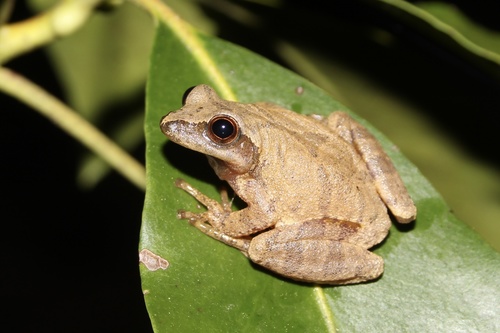
Spring Peeper
The Spring Peeper, Pseudacris crucifer, enchants with its melodic calls heralding spring. This small tree frog, identifiable by its X-shaped marking, thrives in woodland ponds where it helps control insect populations. Its vibrant acoustics and agile climbing make it a unique embodiment of seasonal renewal.
3-4 years
Lifespan
Least Concern
Conservation Status
Stable
Population Trend
Distribution Range of the Spring Peeper
Pseudacris crucifer, commonly known as the spring peeper, is native to eastern North America. Its range includes parts of Canada and the United States, specifically from southeastern Canada, through the eastern United States, as far south as northern Florida and west to Minnesota and eastern Texas.
Spring Peeper's Habitat
Environmental Conditions
Spring peepers are typically found in moist, wooded areas or near marshes and ponds. They prefer areas with ample vegetation that provides cover and breeding sites. Seasonal wetlands, such as temporary pools and forested swamps, are essential as they are the primary breeding habitats.
Ecological Niche
Spring peepers play a crucial role in controlling insect populations as they primarily feed on small invertebrates, such as insects and spiders. They are often found in deciduous or mixed forests near wetlands, balancing their need for moisture and shelter. Their ability to withstand cooler temperatures allows them to thrive in the northern part of their range, where they are among the first frogs to become vocally active in the spring.
Copyright @ Nature Style Limited. All Rights Reserved.
 English
English